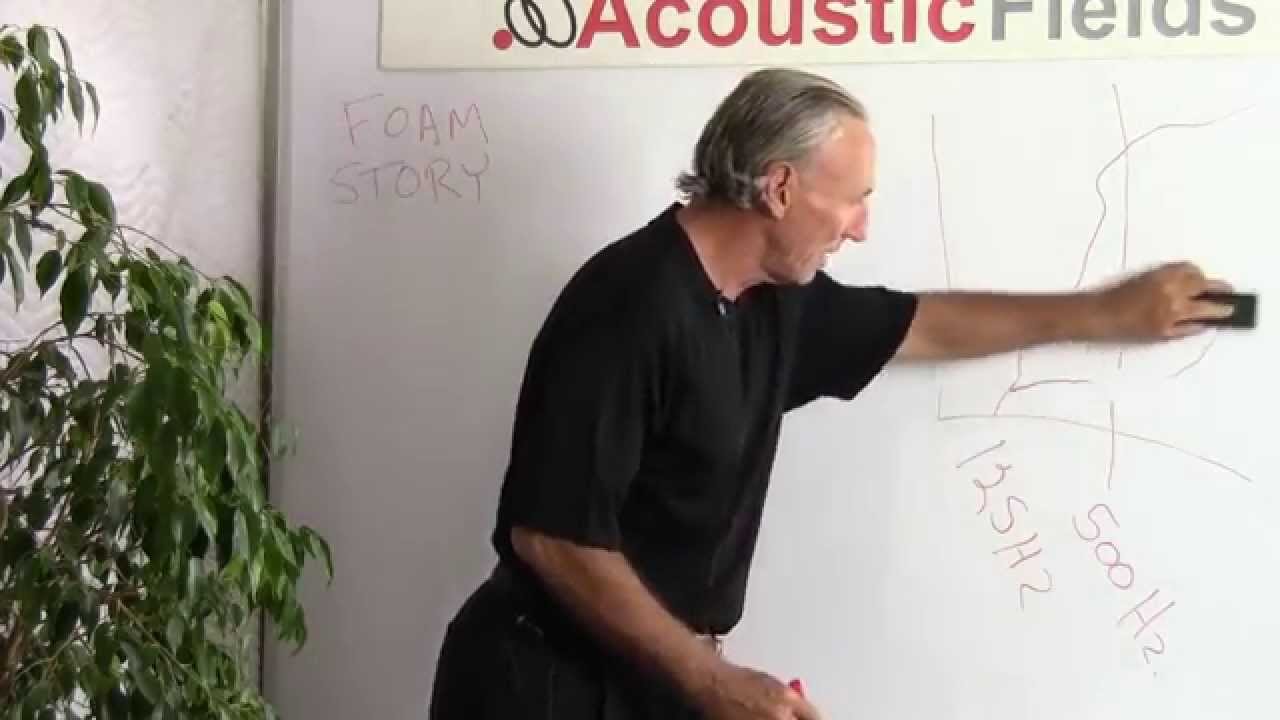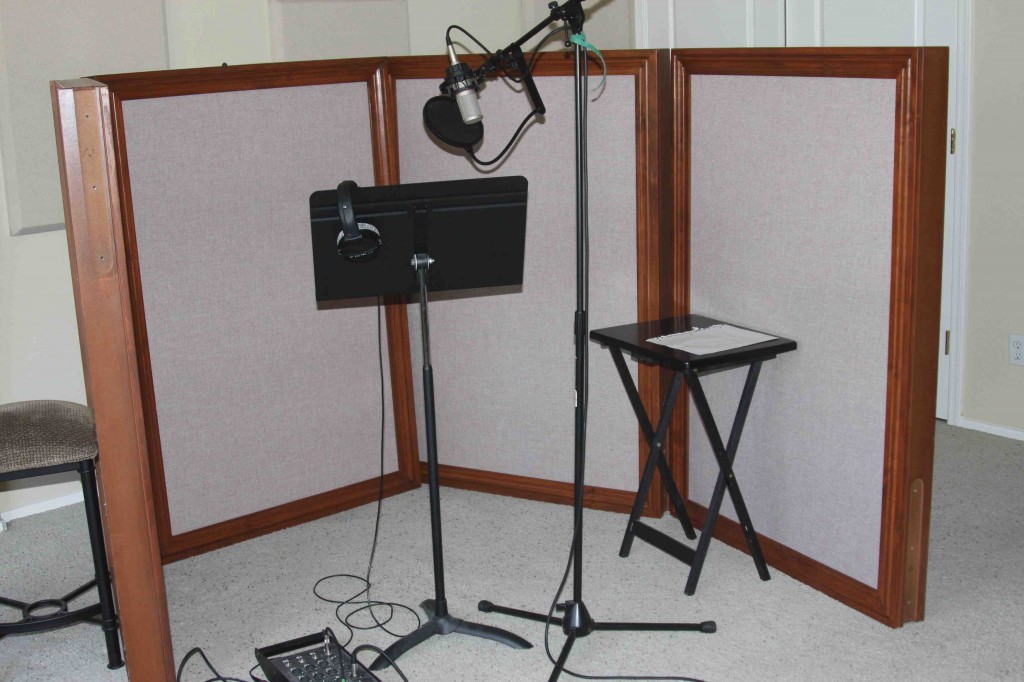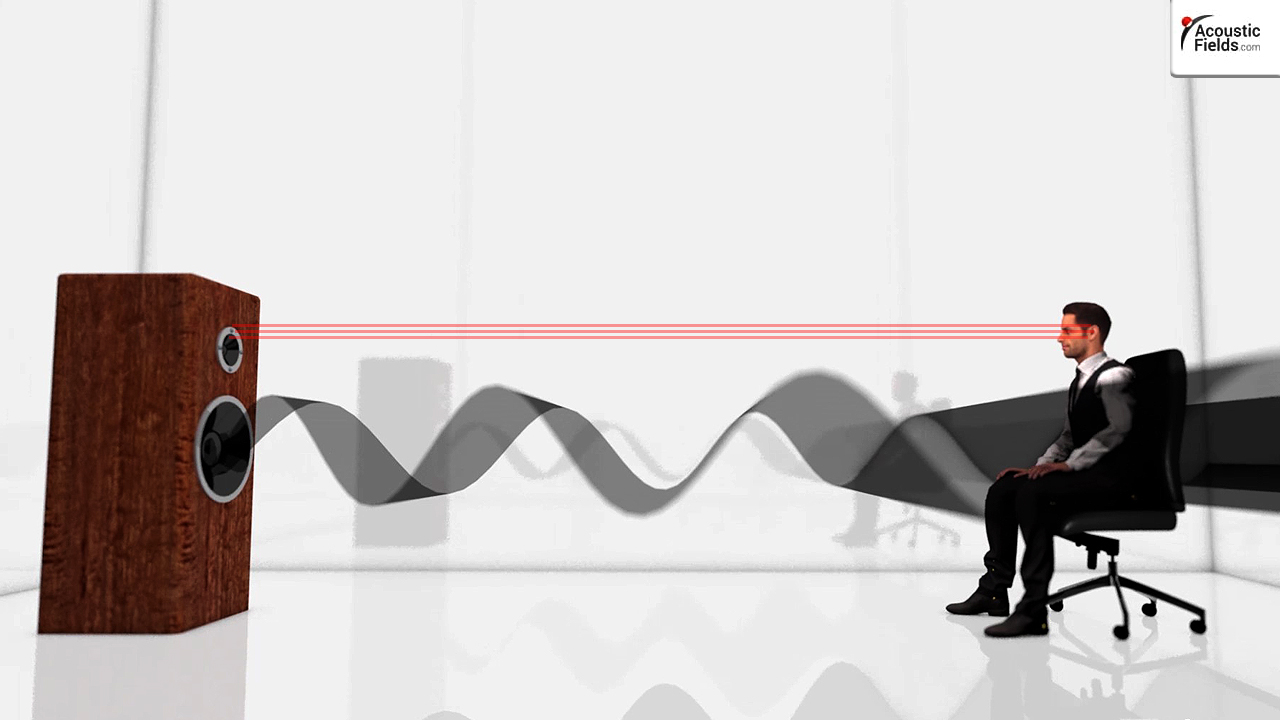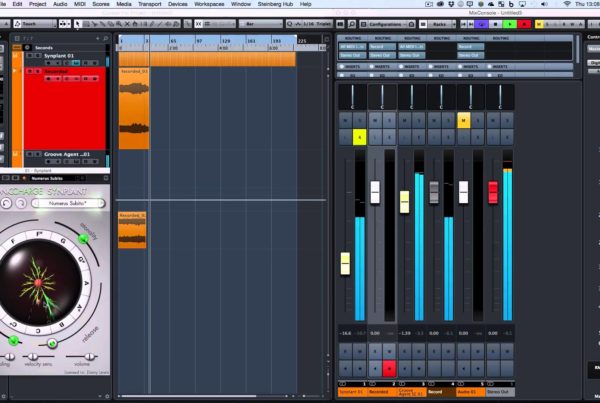Decorative acoustical panels have appearance and hopefully good performance. This is not always the case. Most products that are decorative acoustic panels look better than they perform. Appearance has trumped performance if there ever was any performance associated with them to begin with by acoustic product manufacturers.
It is difficult to design fabrics that allow for the proper appearance and performance of just the fabric alone, not what is inside the decorative acoustic panels. It takes special fabric construction to allow the proper air flow from the sound energy in the room to the decorative acoustic panels inside. You want to make sure that if you pay for good appearance, you match it with good performance.
Decorative Acoustic Panels
The fabric that covers the face of most decorative acoustic panels serves many masters. Air must be able to flow through the fabric and the fabric must be thick enough to support color, texture and some usually some decorative design. You must choose the fabric color and the texture along with the cabinet or box that all of this is housed in. The box can be covered with the same fabric as the face or the box or cabinet can made out of some different materials such as wood or plastic. All textures and colors must be matched with the existing room decor.
What if you could choose the fabric color from a selected list that just includes acoustically transparent fabrics that have all been tested and certified as to how much air flow they will permit? What if the fabric’s performance could be matched to the performance requirements of the foam or other absorbing material type that is inside your decorative acoustic panels?
What if you could choose your fabric, texture and color to coordinate with the solid wood cabinet of the unit. What if you could even choose your wood type and finish that you put upon it? What if all the installation hardware was provided and full panel positioning instructions were given along with telephone, email, or Skype contact with an engineer to assure proper unit performance positioning?
PFP Series Of Decorative Acoustic Panels
Our PFP series of decorative absorptive panels, as seen here, can give you all of these features along with numerous benefits. The PFP series allows you to make numerous choices in color and material appearance and even texture. This will go a long way to blending in to any existing room decor. Lets start with the fabric. You can choose from now over 60 different tested and approved fabric colors. Along with these color choices are 10 different fabric designs and textures within those designs.
The cabinet can be made out of any wood of your choice. Only solid woods used in the PFP series, no laminates or veneers. Standard wood choices are oak, basswood, and walnut or cherry. You can stain the wood or just seal over with a clear coat the natural grain and existing wood texture. Inside the solid wood cabinet, you have a proprietary, sound absorbing technology that absorbs at newer lower frequency rates and levels which contribute to better sounding music and vocals.
You can choose from 3 different thicknesses that can meet any absorption requirement for music or vocals. The PFP-.5 is when you desire only a minimum of absorption throughout the frequency range from 500 Hz. – 6,500.00. The PFP-1 is more serious about frequencies below 250 Hz. but provides the same absorption curve as the PFP-.5. The 2″ is our flagship, open celled acoustic foam, that goes lower and absorbs smoother than any foam in the market place today. Your decorative acoustic panels can now perform as well as you choose them to look.
In this video our Chief Product Designer and Acoustics Engineer, Dennis Foley, explains more about our absorption rate.
Take Action
So if you’re in the market for decorative acoustic panels that have an industry leading foam inside then be sure to check out our PFP series here.









